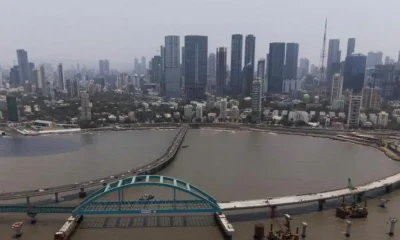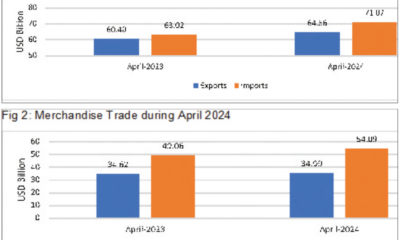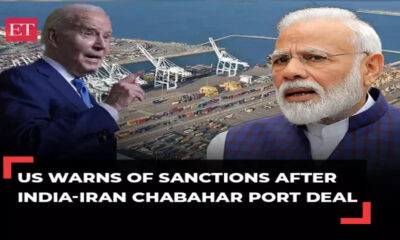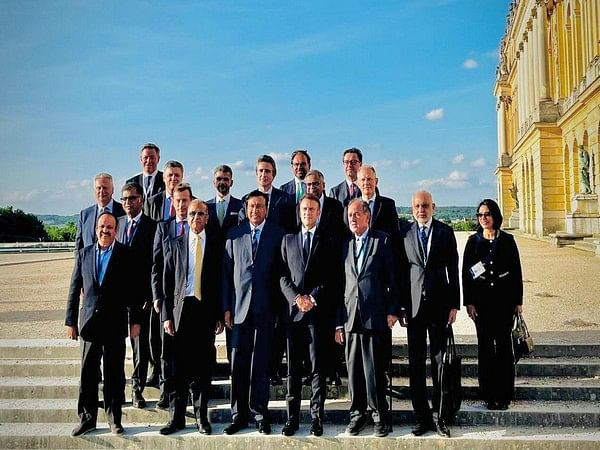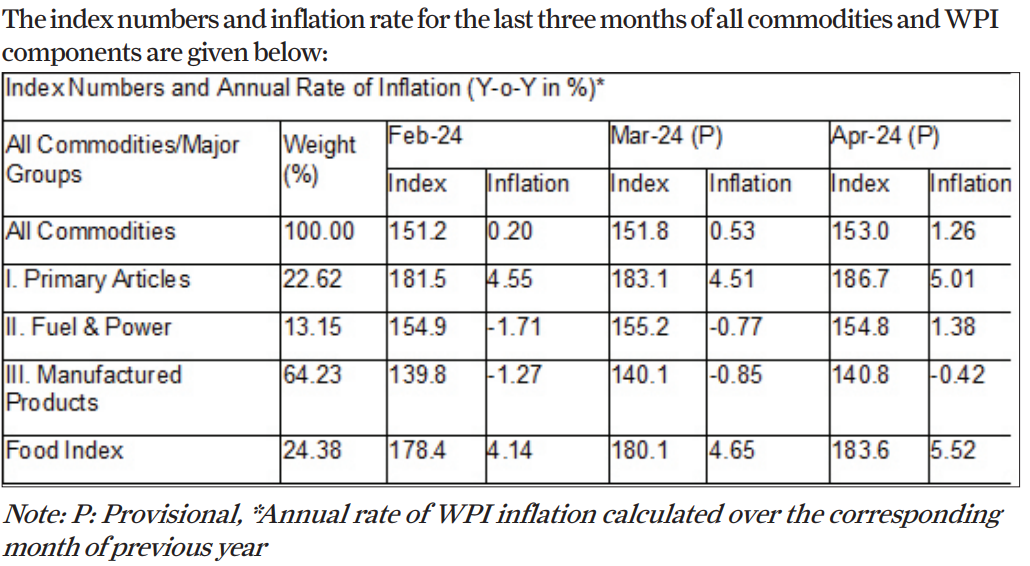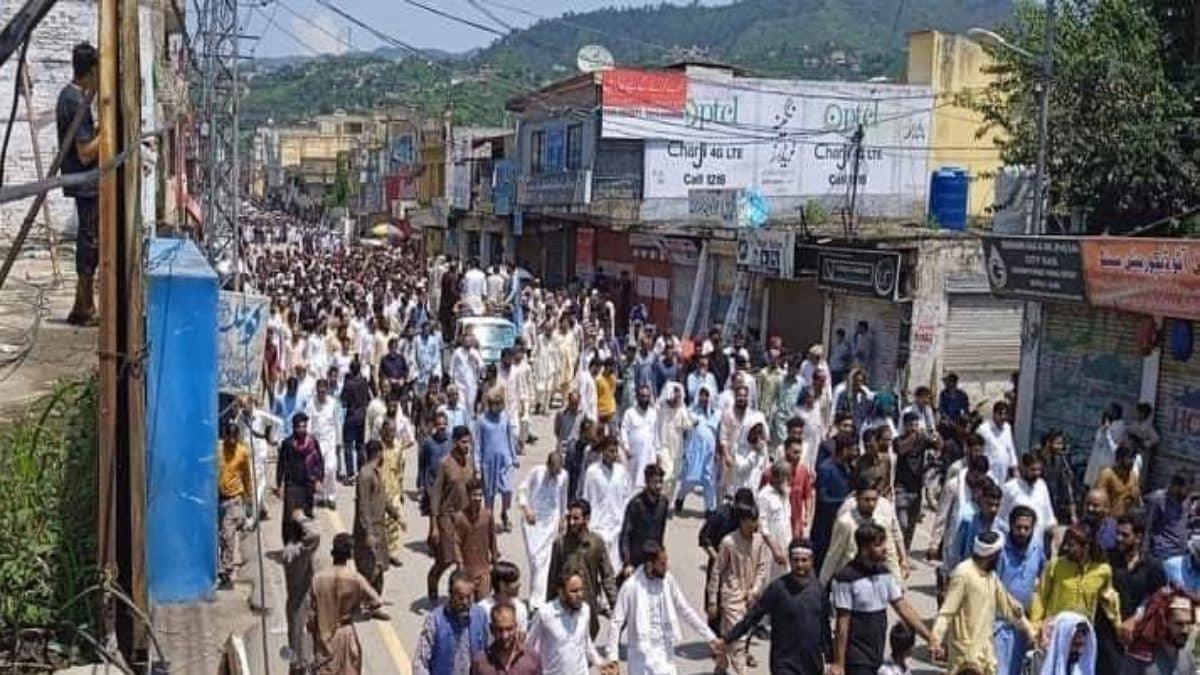Southern Asia, encompassing nations such as India, Pakistan, and Bangladesh, stands as a significant recipient of international remittances, underlining the pivotal role of labour migration in bolstering family livelihoods and fostering economic growth.
India emerged as the world’s largest recipient of remittances in 2022, surpassing the $100 billion mark for the first time and reaching over $111 billion, as stated by the United Nations migration agency, the International Organization for Migration (IOM), in its World Migration Report 2024 launched on Tuesday. Alongside India, other top remittance recipient countries included Mexico, China, the Philippines, and France.
The report underscored India’s prominence in remittance receipts, with the nation’s remittance inflows crossing $100 billion in 2022. Historically, India has consistently ranked among the top countries receiving remittances, with significant contributions from migrant workers primarily employed in the Gulf States and other countries worldwide.
In 2022, India received over $111 billion in remittances, securing its position as the leading recipient globally. This milestone reflects the substantial financial contributions of Indian expatriates to their families and the Indian economy. Notably, India’s remittance figures have seen steady growth over the years, with previous years witnessing significant milestones such as $53.48 billion in 2010, $68.91 billion in 2015, and $83.15 billion in 2020.
Southern Asia, including countries like India, Pakistan, and Bangladesh, has emerged as a major recipient of international remittances, reflecting significant labor migration from the region. These inflows play a crucial role in supporting the livelihoods of millions of families and contributing to economic development.
While India continues to lead in remittance receipts, Pakistan and Bangladesh also feature prominently among the top recipients, receiving nearly $30 billion and $21.5 billion, respectively, in 2022. However, the report highlighted the challenges faced by migrant workers from these countries, including financial exploitation, excessive debt due to migration costs, xenophobia, and workplace abuses.
The Gulf States remain significant destinations for migrant workers, with high proportions of migrant populations contributing to various sectors such as construction, hospitality, security, domestic work, and retail. Notably, migrants from countries like India, Egypt, Bangladesh, Ethiopia, and Kenya constitute a significant portion of the workforce in these countries.
Despite the substantial contributions of migrant workers, the report underscored the vulnerabilities they face, including rights violations and exploitation. The 2022 football World Cup in Qatar brought attention to the importance of migrant labor in the Gulf region but also highlighted concerns regarding labor rights and working conditions.
India, with its large diaspora spread across the globe, continues to be a significant player in international migration. With nearly 18 million international migrants, India ranks among the top countries of origin for migrants worldwide. Additionally, India is also a destination country for immigrants, with over 4.48 million immigrants residing in the country.
The report also shed light on migration trends in other parts of the world, such as Asia, where countries like China are significant sources of internationally mobile students. The United States remains the largest destination country for international students globally, followed by the UK, Australia, Germany, and Canada.
However, the report also highlighted challenges such as irregular migration, particularly to the United States, which has seen an increase in arrivals from countries like Venezuela, Cuba, Nicaragua, Haiti, Brazil, India, and Ukraine. The COVID-19 pandemic has exacerbated vulnerabilities among migrant workers, leading to job losses, wage theft, and insecurity.
In India, the pandemic has had a profound impact on internal and international migration patterns, with significant disruptions to labor mobility and employment opportunities. The decline in blue-collar workforce mobility towards cities has affected industries reliant on migrant labor, contributing to economic challenges.
The World Migration Report 2024 provides valuable insights into global migration trends, highlighting the significant contributions of migrant workers to economies worldwide while also underscoring the challenges and vulnerabilities they face. As countries grapple with the complexities of migration, addressing issues of rights, labor conditions, and social protection remains paramount in ensuring the well-being and dignity of migrants.
In addition to its comprehensive analysis of remittance trends and migration patterns, the World Migration Report 2024 also delves into the broader implications of migration on societies, economies, and governance structures worldwide.
Migration is a multifaceted phenomenon that encompasses various forms of movement, including labor migration, refugee flows, and international student mobility. These movements have profound socio-economic impacts, shaping demographic profiles, labor markets, and cultural landscapes in destination countries while influencing development trajectories in countries of origin.
One significant aspect of migration highlighted in the report is the growing importance of remittances as a source of external financing for low- and middle-income countries. Remittances serve as a lifeline for millions of households, enabling them to meet basic needs, invest in education, healthcare, and entrepreneurship, and contribute to poverty reduction and economic development.
Moreover, migration fosters cultural exchange, diversity, and innovation, enriching societies with new perspectives, skills, and traditions. International students, for instance, contribute to knowledge transfer, research collaboration, and academic excellence, enhancing the global competitiveness of educational institutions and fostering cross-cultural understanding.
However, migration also presents challenges and complexities, including issues related to labor rights, human trafficking, irregular migration, and xenophobia. Migrant workers often face exploitation, discrimination, and precarious working conditions, particularly in sectors such as agriculture, construction, and domestic work.
Furthermore, the COVID-19 pandemic has exacerbated vulnerabilities among migrant populations, exposing gaps in social protection, healthcare access, and labor rights. Lockdowns, border closures, and travel restrictions have disrupted migration flows, leading to job losses, income disparities, and humanitarian crises.
The report underscores the need for comprehensive and rights-based migration policies that prioritize the well-being, dignity, and empowerment of migrants while addressing structural inequalities and systemic barriers. This includes measures to enhance labor rights, social protection, access to healthcare, and legal pathways for migration, as well as efforts to combat human trafficking, smuggling, and exploitation.
Furthermore, the report emphasizes the importance of international cooperation and multilateral governance frameworks to address global migration challenges effectively. Collaboration among countries of origin, transit, and destination is essential to ensure safe, orderly, and regular migration flows while upholding human rights, labor standards, and environmental sustainability.
In conclusion, the World Migration Report 2024 provides valuable insights into the complex dynamics of migration, remittances, and mobility worldwide. By examining trends, challenges, and opportunities in migration governance, the report offers a roadmap for policymakers, practitioners, and stakeholders to promote inclusive, equitable, and sustainable migration outcomes for all. As countries strive to recover from the COVID-19 pandemic and build back better, harnessing the potential of migration as a driver of development and resilience will be crucial in shaping a more inclusive and prosperous future for communities around the world.
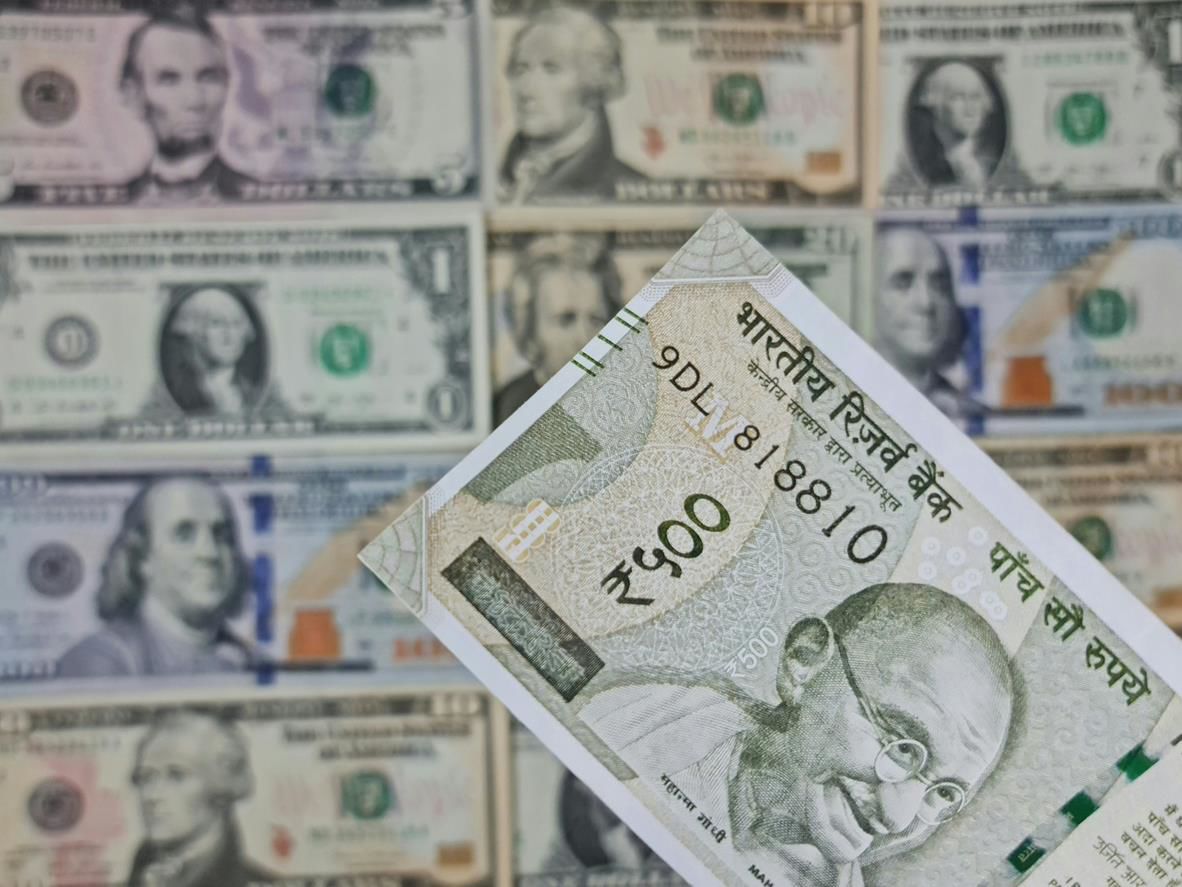

 Opinion2 years ago
Opinion2 years ago
 Fashion7 years ago
Fashion7 years ago
 Entertainment7 years ago
Entertainment7 years ago
 Entertainment7 years ago
Entertainment7 years ago
 Opinion2 years ago
Opinion2 years ago
 Business News2 years ago
Business News2 years ago
 Policy&Politics2 years ago
Policy&Politics2 years ago
 Business News2 years ago
Business News2 years ago
